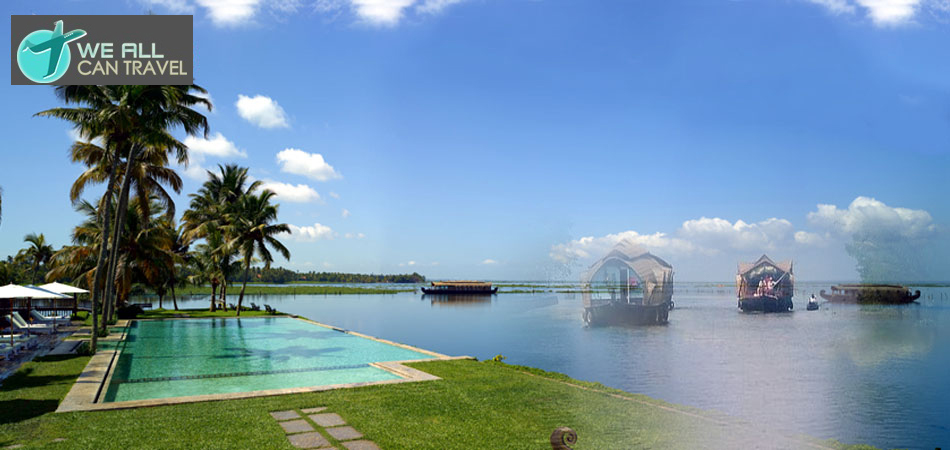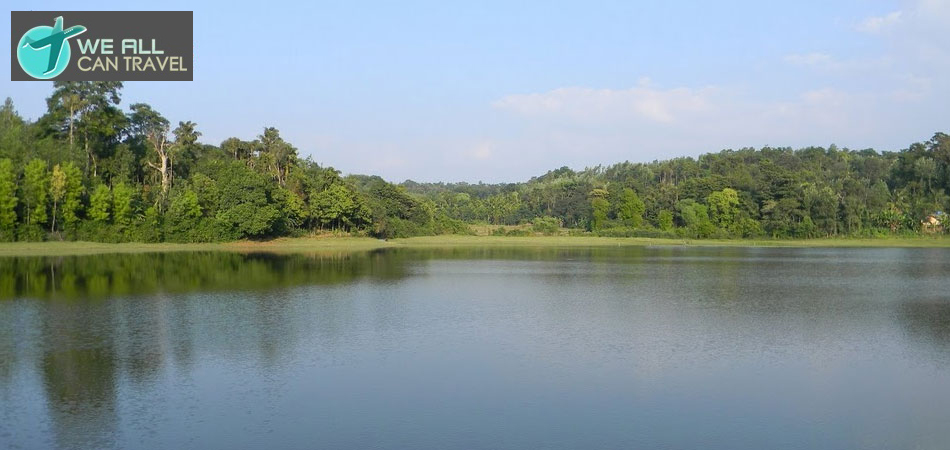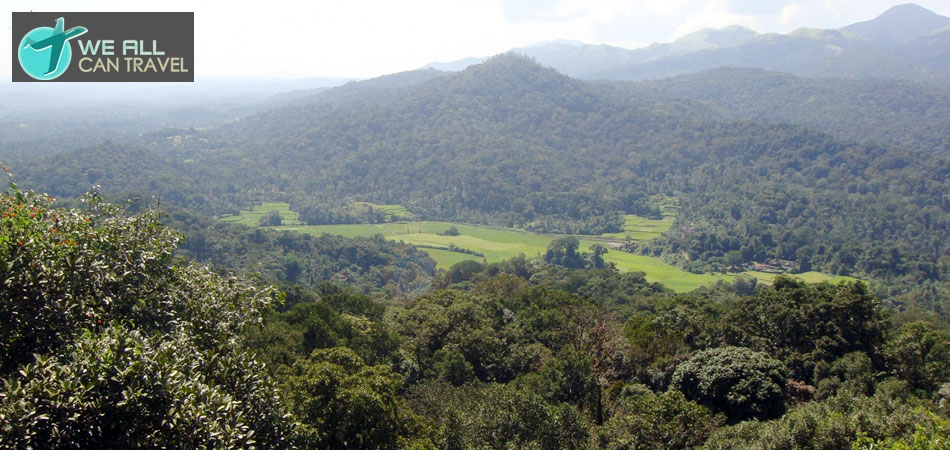- +1 416-553-8499
- Live chat
-
Tour Madurai Rameswaram
- Home
- /
- Packages
- /
- Tamil Nadu
- /
- Tour Madurai Rameswaram

Madurai and Rameswaram are one of the most important pilgrimage places visited for its religious importance but also for architectural wonders by indians and international tourist. Temple tour Madurai Meenakshi temple & Rameswaram jyotirlinga temple can be visited in two night and three days . The sequence of travel fr pilgrimage tour Madurai - Rameswaram Temple, Day one visit Meenkshi temple and Day two travel to rameswaram temple( 3 hrs,160 kms ), visite The Ramanatha Swamy Temple one of Jyotirlinga temple, day three visit other important pilgrimage spots in and around rameswaran and by afternoon return to Madurai.
Madurai is famous as the temple city and is almost synonymous with the famed Meenakshi Temple. Located on the banks of River Vaigai, Madurai is the second largest city in Tamil Nadu.Temple dedicated to Goddess Shakti or Meenakshi.It is one of the important centers of Hindu pilgrimage. The Meenakshi temple exemplifies the Dravidian architecture with gopurams (large gateways) and mandapams (multi-pillared halls) covered from top to bottom in an abundance of multi-coloured images of gods, goddesses, animals and mythical figures.
Madurai Meenakshi temple has a thousand pillared hall with 985 beautifully scultured pillars which is a truly amazing sight.
Other temple attractions in Madurai are the Vandiyur Mariamman Teppakulam with Lord Vigneswara as the presiding deity. The temple hosts the annual Float Festival in January/February.Thirupparankundram, 6 kms southwest of Madurai is one of the six dwellings of Lord Subramanyam and is famous for its cave and rock cut temple built by the Pandyas in the 8th century. Tirumalai Nayak Palace, an Indo-Saracenic building built in 1523 features the architectural works of the Nayaks and gives an insight into ancient Tamil history.
Rameswaram town in Ramanathapuram district in the Indian state of Tamil Nadu. It is located on an island separated from mainland India by the Pamban channel and is less than 40 kilometers from the Jaffna Peninsula, Sri Lanka. Together with Kashi, it is considered to be one of the holiest places in India to Hindus. Hence, it is a bustling pilgrim centre. According to legends, this is the place from where Lord Rama, built a bridge Ram Setu(also known as Adam's Bridge) across the sea to Lanka to rescue his consort Sita, from her abductor, Ravana. This is also the place where Rama worshipped Shiva to be absolved of the sin of killing Ravana, hence the name of Shiva, which became the name of the town - Rameswara (lord of Rama). Both the Vaishnavites and Shaivites visit this pilgrimage centre which is known as the Varanasi of the south.
Rameshwaram is significant for the Hindus as a pilgrimage to Benaras is incomplete without a pilgrimage to Rameswaram. The presiding deity here is in the form of a Linga with the name Sri Ramanatha Swamy, it also happens to be one of the twelve Jyotirlingas.
The masterpiece of South Indian architecture boasts of the largest temple corridor in India. Different rulers built the Ramanatha Swamy Temple over a period of time starting from the 12th century. The temple comprises twenty two wells where the taste of the water of each well is different from the other.
The grandest part of the temple is the 1219 m pillared corridor consisting of 3.6 m high granite pillars, richly carved and well proportioned. The perspective presented by these pillars run uninterruptedly to a length of nearly 230 m.
According to the Puranas, upon the advice of Rishis (sages), Rama along with Sita and Lakshmana, installed and worshipped the Sivalinga here to expiate the sin of Brahmahatya (killing of a Brahmin) (Ravana was a Brahmin the great grandson of Brahma). Rama fixed an auspicious time for the installation and sent Anjaneya to Mount Kailas to bring a lingam. As Anjaneya could not return in time, Sita herself made a linga of sand. When Anjaneya returned with a linga from Mount Kailas the rituals had been over.
In Rameshwaram Temple, a spiritual "Mani Darshan" happens in early morning everyday. This "Mani" is made of "sphatik"[a precious stone] and in form of "Holy shivling". According to ved this is "Mani" of "sheshnag".
Sethu Karai is a place 22 km before the island of Rameshwaram from where God Ram built a Floating Stone Bridge Ramasethu till Rameshwaram that further continued from Dhanushkodi in Rameshwaram till Talaimannar in Sri Lanka as mentioned in the great Hindu epic Ramayana.
 >> Beach Tour Wandoor Bartang Port Blair Havelock
>> Beach Tour Wandoor Bartang Port Blair Havelock >> Backwaters Honeymoon
>> Backwaters Honeymoon >> Honeymoon Tour Coorg From Mangalore
>> Honeymoon Tour Coorg From Mangalore >> Hill Station Tour Coorg From Bangalore
>> Hill Station Tour Coorg From Bangalore >> Coorg Ooty Kodaikanal Honeymoon
>> Coorg Ooty Kodaikanal Honeymoon